There are many different types of programmatic advertising out there, and one of the most popular involves video. It’s different from other media types, with the same advertising technology.
This post walks you through:
Photo by KAL VISUALS on Unsplash
What is Programmatic Video Advertising?
First of all, what is programmatic video advertising?
Programmatic advertising is the practice of buying and selling ad space using data and machine learning technologies to automate the process online for faster, better results.
In this instance, advertisers create video ads that are then programmatically traded. This is done using real-time bidding, programmatic direct or private marketplace deals.
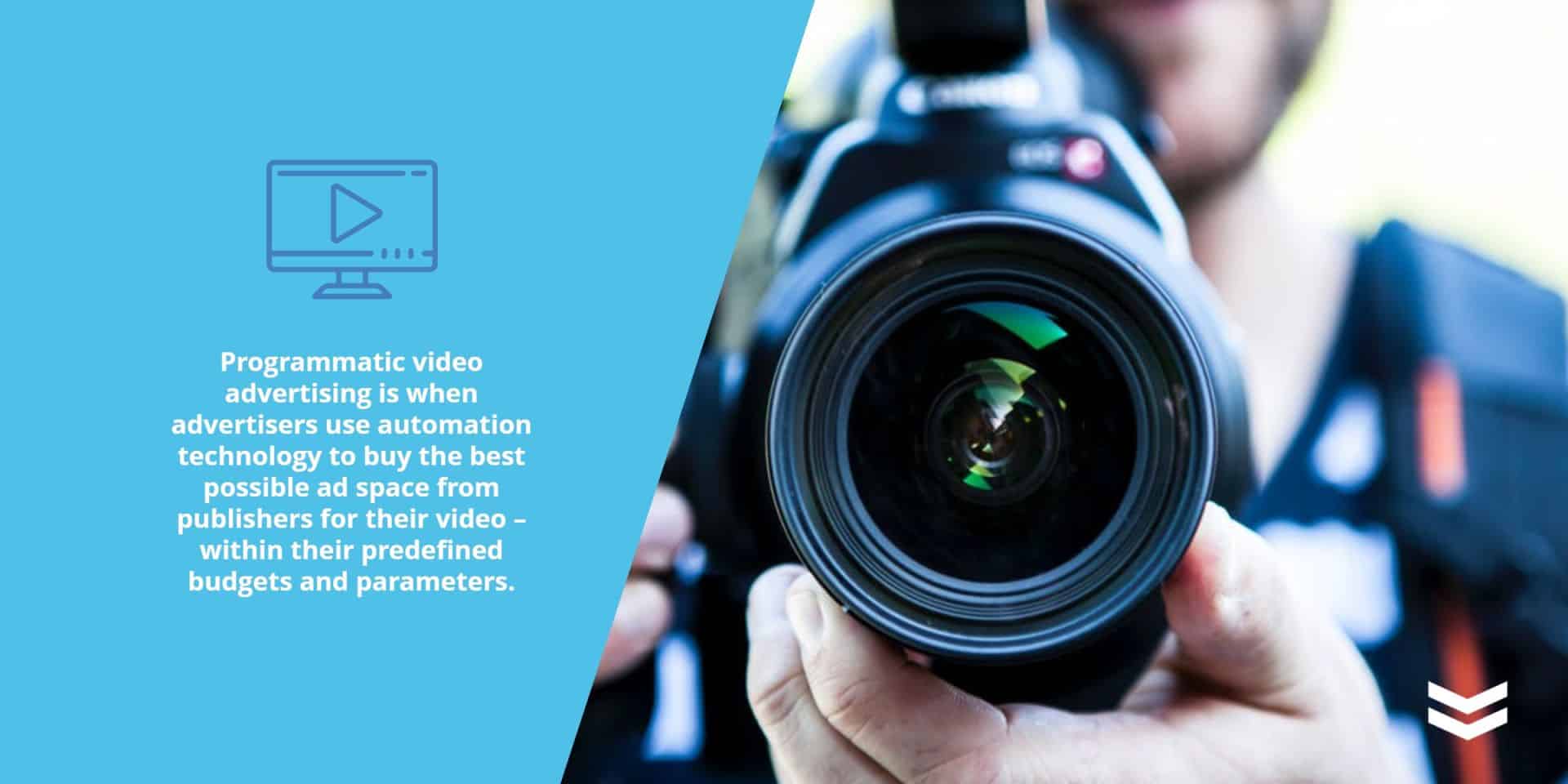
Is Programmatic Video a Big Deal?
Advertisers have increased their investment in video ads moving in 2020. It’s clear that video is a big deal when it comes to ROI and programmatically trading ads.
In 2019, advertisers spent around $29.24 billion dollars on programmatic video advertising, which is nearly half of all display ad spending in the US.
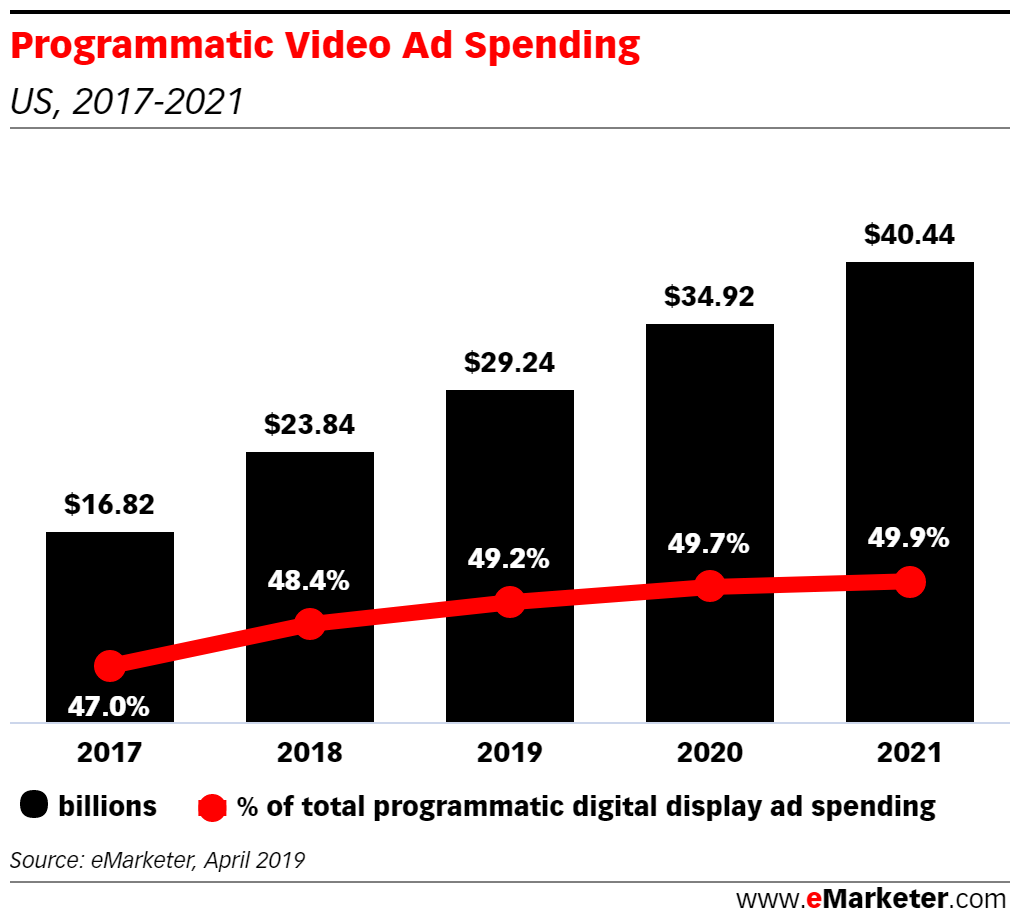
Programmatic video advertising platforms like Facebook, Twitter, TikTok, and Snapchat advertising have influenced this boom, along with developments in smart TVs, over-the-top (OTT) video, and social advertising – not to mention the increasing growth of mobile.
Emarketer is predicting that video will plateau for a few years, but it doesn’t diminish the reality that video is still the dominant media format for high-impact display ads online.
With 81.2% of all digital video transacting programmatically, it’s fair to say that automated video is now the norm when creating and distributing digital video ads.
Why is Programmatic Video So Popular?
There is no better ad format for brand storytelling, and capturing people’s attention than video. It’s hands-down the highest impact and versatile of all advertising media.
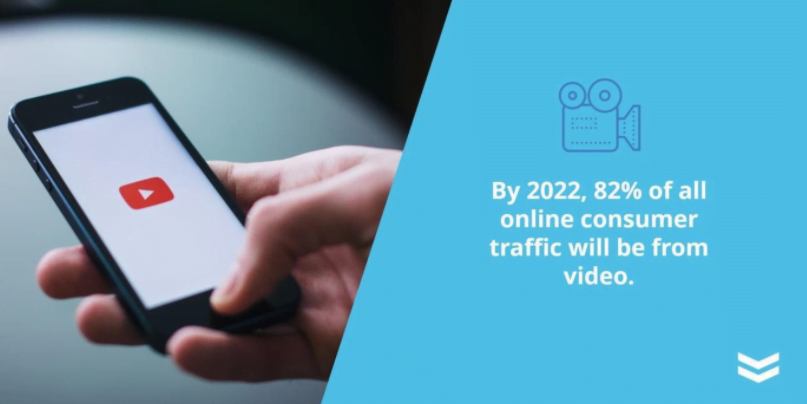
Google recently told us that 60% of people would rather watch online videos than television. By 2022, 82% of all online consumer traffic will be from video.
Video ads are also an especially versatile ad format. This could account for their rising popularity and the increasingly creative methods used when advertisers want to hyper-personalized ad messages.
Types of Programmatic Video Advertising
In-Stream Ads
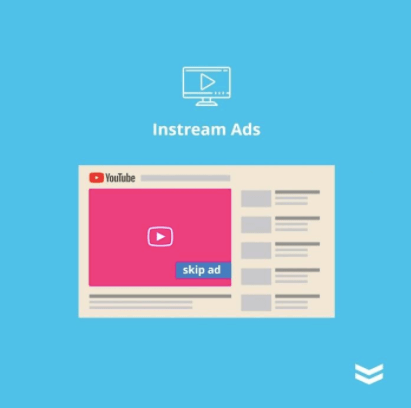
In-stream ads are part of a video’s linear structure, and they are placed either before, during or after the content in the video. If you’ve watched a Youtube video, you’ve come across them.
- Pre-roll ads: Play before the video starts
- Mid-roll ads: Play as the video is playing
- Post-roll ads: Play at the end of the video
Out-Stream Ads
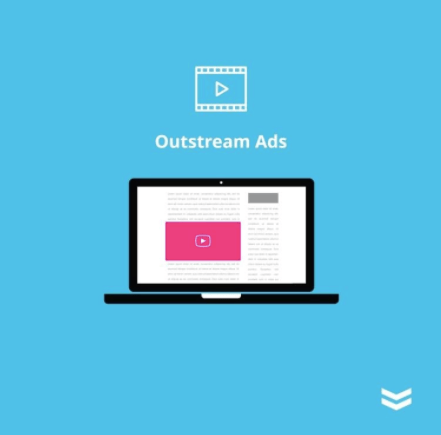
Also called native video or in-read ads, these video ads differ from their in-stream counterparts.
Outstream ads don’t play with other videos, instead they mainly appear in text content and autoplay as you’re scrolling by. These ads don’t disrupt existing video content like instream ads do.
In-Display Ads
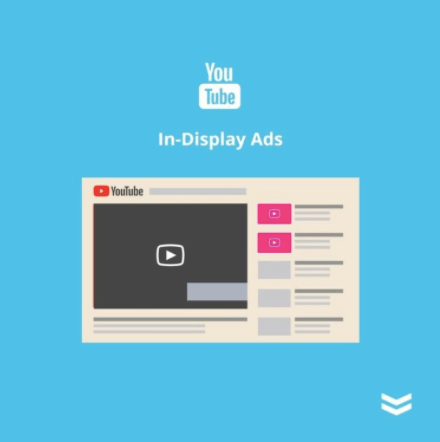
They don’t play without being clicked on, so there’s an element of choice for the viewer.
What are The Best Programmatic Video Platforms?
- YouTube and Vevo – still the dominant platforms for video advertising
- Facebook, Snapchat. TikTok and Twitter – social networking sites come in second
- Video Demand Side Platforms (DSP) – for programmatic placement of your videos
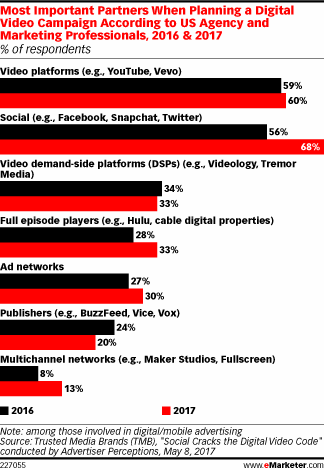
With 68% of respondents using social platforms to make an impact with video, a lot of opportunities still exists with programmatic display advertising as we glide into 2021.
Facebook video advertising is especially important, with 100 million hours of video watched every day by the sites 2.3 billion active users.
Should You Invest in Programmatic Video Ads?
The reason why so many advertisers prefer video advertising, is because it has the ability to reach their audience and convert them more effectively than other ad types.
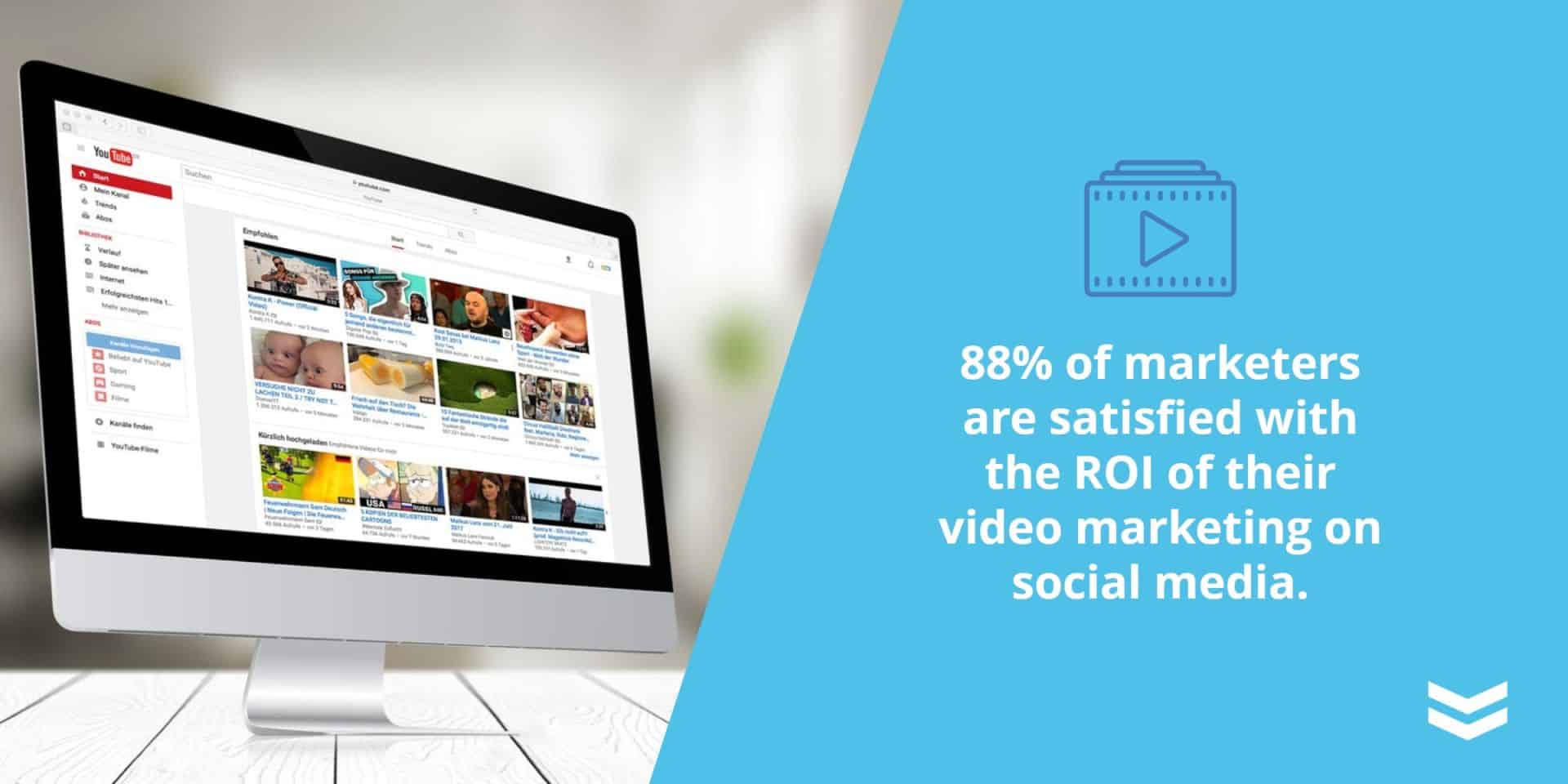
There’s a good reason why 87% of marketing professionals use video as a marketing tool, and it’s because of bigger, better profits. An overwhelming majority of digital professionals are satisfied with the ROI they get from their video ads!
What this means is that when you shift to using programmatic video ads, you convert the already powerful medium of video into a super resource for conversions – thanks to targeting, personalization and the budget control that comes with programmatic technology.
In Conclusion…
Hopefully this quick guide has answered all of your main questions on automated video and its value.
Now you understand what programmatic video ads are, why they’re popular – and which types of ads are used most often.
From the best platforms to the reasons why investing in video is a good idea, the next time someone says, ‘hey – what is programmatic video advertising?’ You’ll have the answers.
What Have We Learned?
- Programmatic video advertising is when advertisers use automation technology to buy the best possible ad space from publishers for their video – within their predefined budgets and parameters.
- Video ads are dominating the digital advertising industry. Almost half of the Display Advertising spend in the US is on videos. Over 80% of video ads are traded programmatically.
- This ad format is so visual and versatile, which is excellent for brand storytelling and personalization.
- There are several types of Video Ads for the main categories are:
- In-Stream Ads, Outstream Ads, In-Display Ads
- There are many video platforms out there. The popular ones to utilize, in order are:
- Youtube, Vevo
- Facebook, Snapchat, TikTok, Twitter (Social)
- Video Demand Side Platforms (DSP)
- Video ads have a wide audience reach and a higher conversion rate. Almost 90% of marketers use video as a tool to drive a higher Return on Investment (ROI).
- Finetune audience-targeting, personalize video messaging and leverage programmatic technology to pace your budgets to ensure an effective video advertising campaign!
18 Benefits of Programmatic Media Buying
If you’re looking for ideas or content to inform your programmatic ad strategy, or to justify moving to a new Demand Side Platform (DSP) for improved results, this post is a solid resource.The benefits of programmatic media buying for your brand.More specifically,...
7 Ways to Create Content that Helps to Achieve Your Business Goals
Content is one of the most important things brands need to thrive in the digital world.It helps companies in different ways, such as building trust, increasing brand awareness, driving website traffic, and even generating leads. In this digital world, content has now...
Google Privacy Sandbox Explained
Ch-ch-changes: recently, there’s been a lot of technology innovations and policy changes shaking up the ad tech landscape, including the introduction of the Google Privacy Sandbox.Recently, movers and shakers of the internet age, such as Apple, are moving towards...









